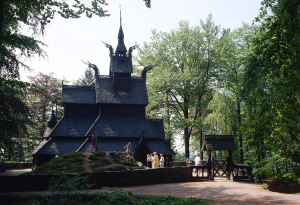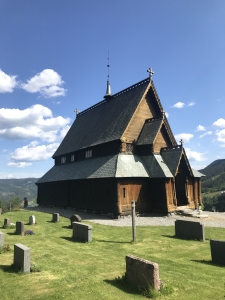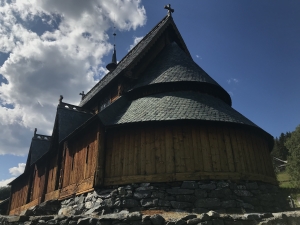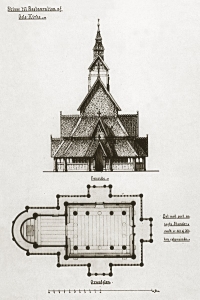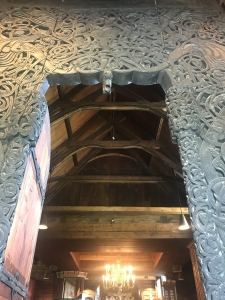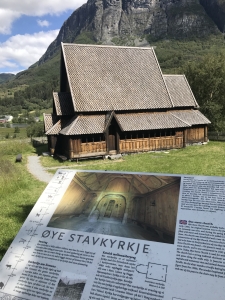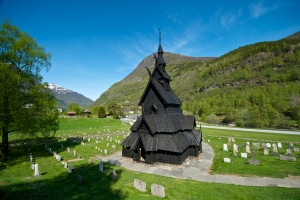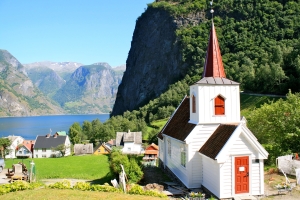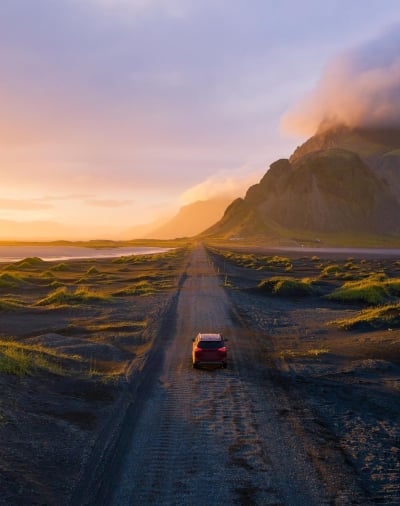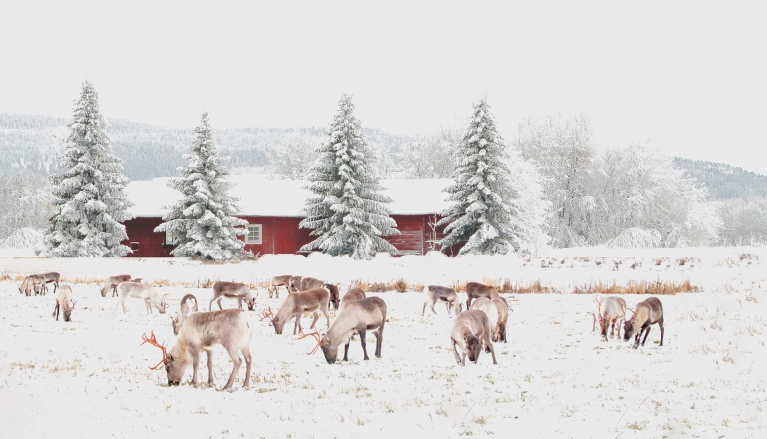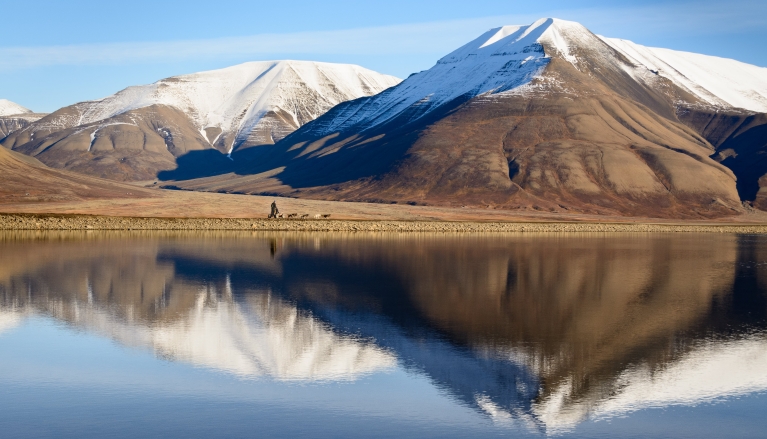One thing that is significant to me is how these structures exist, just as they always have been, with communities, farms and life just progressing around them. The National Trust of Norway (Fortidsminneforeningen), founded in 1844, oversees the protection of many historical sites in Norway, including eight of the stave churches. The rest of the stave churches are taken care of by the parish or municipality. Their hard work restoring and preserving this significant history has allowed so many to marvel at and cherish these beautiful structures.
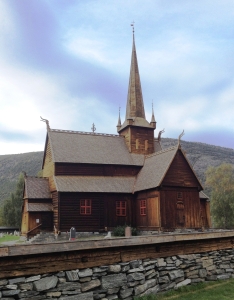
I’ve been fortunate to see several of the stave churches during my travels to Norway, and whenever I come to one, it always strikes me as truly magnificent. More than part of the landscape, they are part of the historical fabric of Norway, each incredibly unique and highly appreciated. Naturally, some just stand out, such as these:
Gol – This church, dating to 1200, is located in Oslo at the Norwegian Museum of Cultural History (also known as the Norwegian Folk Museum). In 1884 when Gol built a new church, their stave church was moved to Oslo, reassembled and restored for everyone to enjoy.
Urnes – The oldest and most decorated, the Urnes stave church dates back to 1130, and is listed as a UNESCO World Heritage Site. It sits on a hill overlooking the Lusterfjord, and the idyllic setting is magical. With extensive carvings on the exterior, it is a masterpiece (in my opinion!)
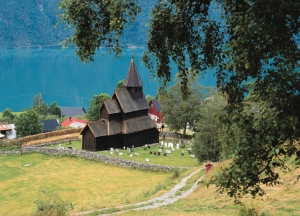
Urnes Stave church Luster in Sogn_Per Eide – VisitNorway.com.jpg
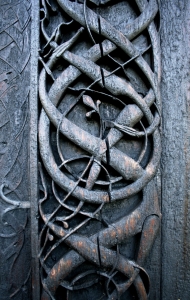
Heddal – Located in Telemark, the Heddal stave church is the largest, and is still used as the parish church during the summer. (There’s no heat, so it can’t be used during the winter). This is an example of a church with both pagan and Christian symbols – dragons and crosses. Its size is remarkable.
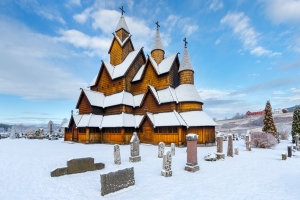
Heddal Stavechurch _Vidar Moløkken – Visit Norway.jpg


